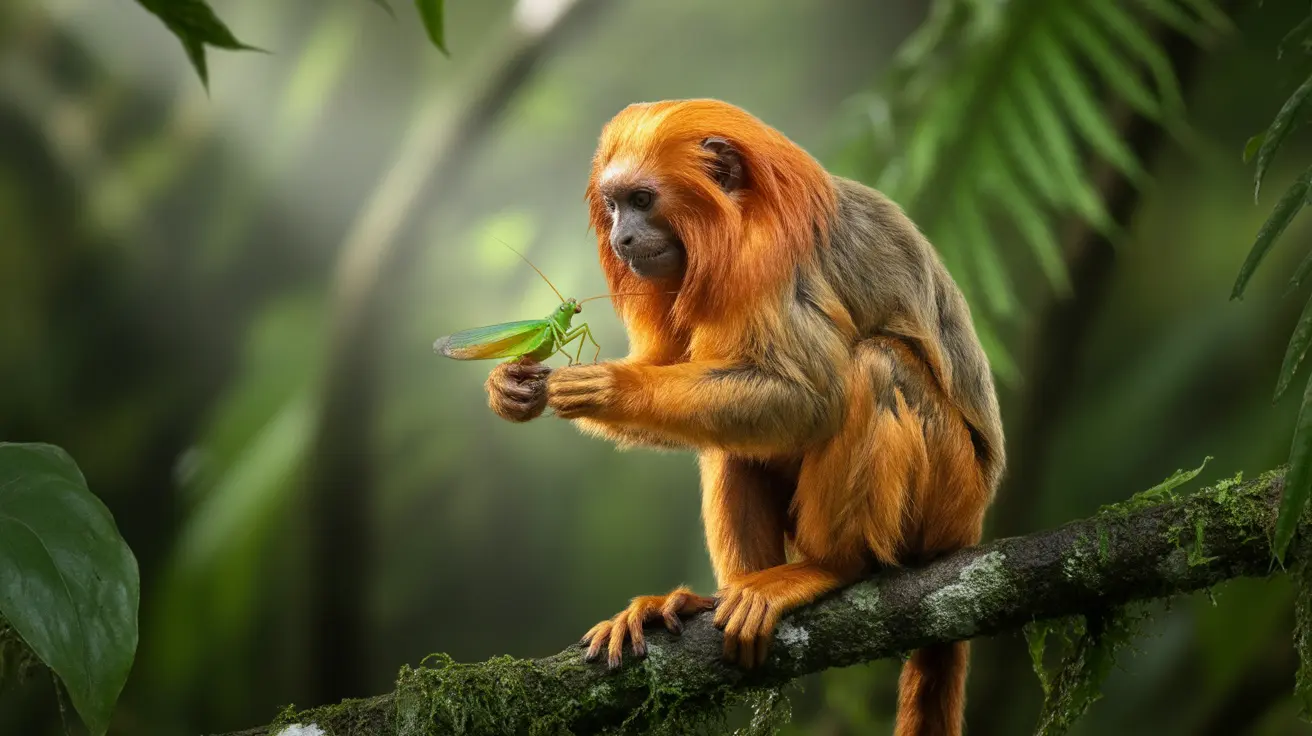In an era where environmental challenges threaten countless species, several remarkable wildlife conservation success stories offer hope for endangered species recovery. Through dedicated efforts combining legal protection, habitat restoration, and innovative breeding programs, these eight animals have fought their way back from the brink of extinction, demonstrating nature's resilience when given proper support.
The journey from near-extinction to recovery showcases the effectiveness of comprehensive conservation approaches. These success stories not only celebrate the species that have rebounded but also provide valuable lessons for protecting other threatened wildlife.
Landmark Recoveries in Wildlife Conservation
The Bald Eagle's Triumphant Return
Among the most celebrated wildlife conservation success stories is the bald eagle's recovery. After populations plummeted due to DDT exposure, comprehensive protection measures and the ban on DDT helped this iconic species soar again. Today, with over 200,000 individuals, the bald eagle stands as a testament to effective conservation policies.
California Condor Conservation
The California condor's journey represents one of the most intensive species recovery efforts in history. Through carefully managed captive breeding programs and strategic reintroduction, these magnificent birds have slowly rebuilt their populations in protected habitats.
Gray Wolf Reintroduction Success
The gray wolf's return to various ecosystems highlights both the possibilities and challenges of species recovery. While population numbers have improved significantly through reintroduction programs, ongoing management efforts focus on balancing wildlife conservation with human activities.
Marine Conservation Achievements
Humpback Whale Protection
International cooperation in marine mammal conservation has led to remarkable results for humpback whales. Through enforced protection laws and habitat preservation, these marine giants have made a significant comeback in oceans worldwide.
The Iberian Lynx Story
The Iberian lynx population growth demonstrates how targeted conservation efforts can save a species. Through habitat restoration for animals and carefully managed breeding programs, this endangered cat has begun to reclaim its territory.
Lessons in Conservation
The success of these species recovery programs reveals several crucial factors:
- The importance of international wildlife protection laws
- The effectiveness of habitat restoration initiatives
- The vital role of captive breeding programs
- The need to address wildlife habitat destruction
- The value of species delisting from endangered lists when appropriate
Frequently Asked Questions
How have conservation efforts helped bring bald eagles back from the brink of extinction?
Conservation measures like banning DDT, legal protections under the Endangered Species Act, habitat restoration, and captive breeding programs all contributed to the bald eagle's population rebounding from just several hundred in the 1960s to over 200,000 today.
What are the main reasons some animal species become endangered and how can pet owners support wildlife?
Overhunting, habitat destruction, pollution, and climate change are major causes of species decline. Pet owners can support wildlife by promoting habitat protection, supporting conservation organizations, and advocating against harmful chemicals like pesticides that affect local ecosystems.
What role do captive breeding and reintroduction programs play in wildlife recovery?
Captive breeding programs help increase population numbers of critically low species such as the California condor and Iberian lynx. These programs often combine breeding in controlled environments with strategic release and habitat restoration to ensure survival in the wild.
Moving Forward
These conservation challenges and solutions demonstrate that with dedicated effort and proper resources, endangered species can recover. As we celebrate these successes, they serve as blueprints for future conservation efforts and remind us of our responsibility to protect Earth's biodiversity.
While much work remains in wildlife conservation, these eight species prove that extinction is not inevitable when humans take decisive action. Their recovery stories inspire hope and continued commitment to protecting endangered species worldwide.






